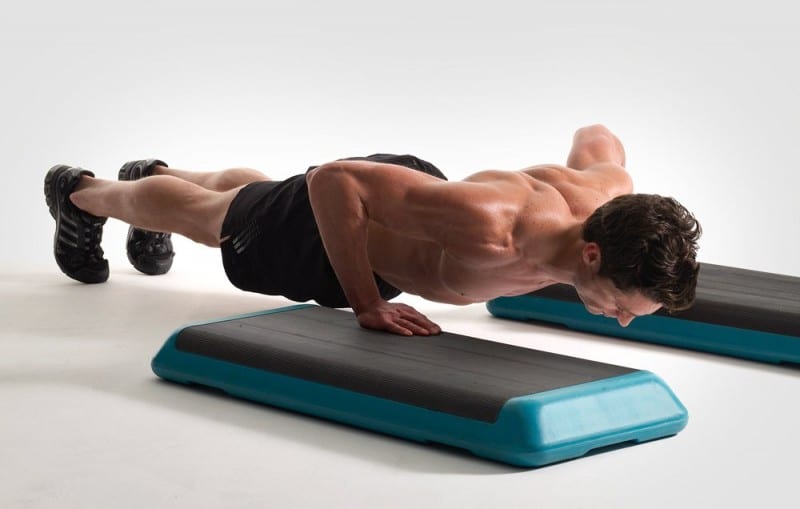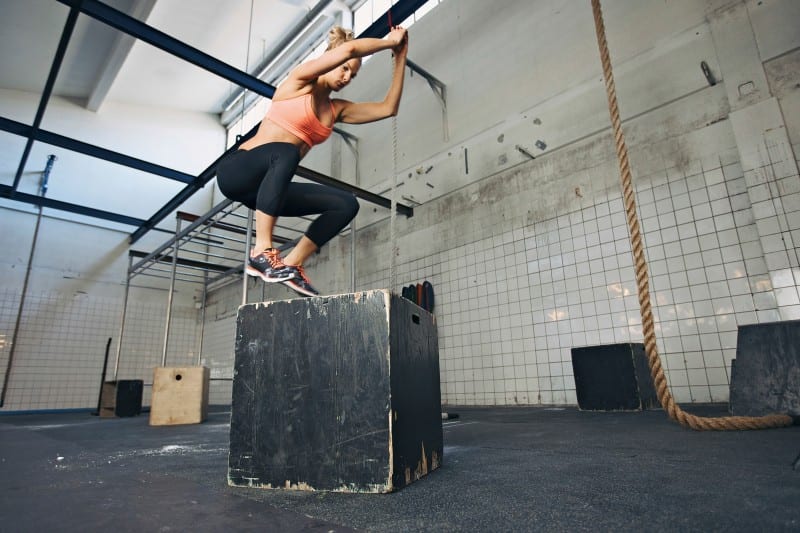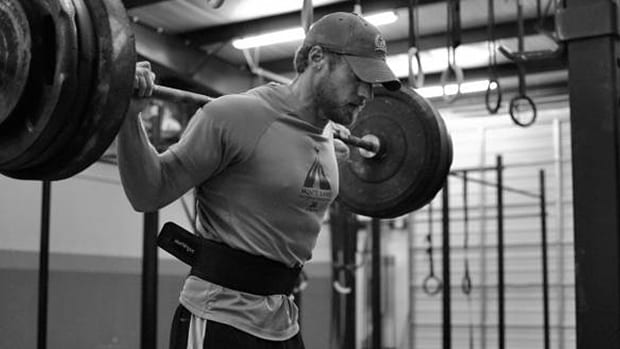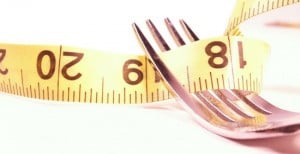What is the Best Workout for Gaining Strength?
True or false? Every individual who does strength training is after huge muscles. If you said true, you couldn’t be more wrong. While most people, especially guys, are after muscles and a well-built physique when lifting, some are after a whole different entity.
Strength. I know most of you are thinking, “but with muscles comes strength!” Again, wrong. You can have huge muscles but it does not mean that they are at maximum strength. I know I have lost you completely (especially if you are new to the gym world) but fret not, I will explain everything.
Most athletes such as wrestlers, runners and gymnasts require strong muscles without necessarily increasing their size (due to weight restrictions of the sports). This means that they have to work out a little different from your conventional lifter. The beauty of workouts is that with little tweaks and lots of smart lifting, you can achieve almost anything and strength is not an exception.
So, you don’t have to be an athlete to want a strong core and limbs. If strength is your desire, find out the best workouts for gaining strength today.
First, A Tiny Bit Of Science
Via menshealth.com
To understand these workouts, you have to wrap your head around motor unit recruitment. This is basically the science behind gaining strength from your workouts. The muscle fibers in your body are controlled by nerves whereby each nerve is connected to various muscles fibers. This means that one neuron controls a whole lot of muscle fibers.
Motor recruitment measures how many muscle fibers are activated in a muscle through the activation of motor neurons. To increase recruitments (which leads to stronger muscles) you have to engage in workouts that result in strong muscle contractions (involving as many nerves as possible hence more muscle fibers engaged). This involves lifting heavier or faster. I show you exactly how.
Go For Plyometrics
Via nutritiouslife.com
Polymeric exercises involve a series of jump and hop exercises and are great at producing strong muscle contractions. This is because they are done at high speed, intensity and in some cases added weight. This will definitely ensure you hit most of your muscle fibers hence strengthening your muscles as opposed to just growing them.
You can do plyometric exercises with your body weight, for instance, jumping over hurdles (like in steeplechase running) or include weights in your normal lifting exercises such as when doing jump squats.
Lifting Workouts: More Compound vs Isolation Exercises
Via t-nation.com
Compound exercises target many muscles at once so start with them as they will allow you to lift heavier loads while targeting most muscles. You can later follow with isolation exercises such as leg extensions to work on a target muscle depending on your needs.
But these are fundamental principles of weight lifting. Things you already know. To really strengthen your muscles, this alone will not cut it. You need to lift more loads (heavy) and in a short span of time (fast). Speaking of lifting heavy, you need to be armed with the right gear that will enable you to do it right. A weight lifting belt will allow you to lift heavier loads by supporting your back and preparing your legs for the weight.
While still on the topic of weight lifting, you want to use free weights as opposed to machines as they offer heavier loads. Also, fewer repetitions are better since the goal is not to fatigue your muscles but to hit them hard and fast.
The Best Exercises
Via menshealth.co.uk
It’s no surprise that the best exercises for muscle strength happen to be the 5 fundamental exercises used by every weight lifter. These are:
- Squats
- Deadlifts
- Pull ups
- Push ups
- Bench press
Notice that these exercises target more than one muscle (compound exercises) as stressed earlier. What you should do when executing these exercises is incorporate the right amount of reps, sets, strength percentage and rest. Reps and set go hand in hand with strength percentage (which usually results in fewer reps and larger loads).
When it comes to strengthening your muscles, you will need to be a little more accurate than when exercising just for growth. This calls for using a percentage of your ONE-RM to get the weight you should lift. Using calculator from TimInVermont, you can calculate your ONE-RM at different percentages. After doing this, ensure your workouts range between 60% and 70% of your ONE-RM for 5 reps. This will ensure you are always activating your muscles every time you lift.
Finally, when it comes to resting, you want to extend it to 4-5 minutes as opposed to the 60 seconds of rest required for muscle growth. This helps restore blood to the rest of your body and away from your muscles and allows ample recovery time before the next fast and heavy lift.
Last Word
Once again, we experience the beauty of smart training and this time it’s for strengthening your muscles. By varying your repetition maximum (RM), you can decide whether to have strong muscles and maintain their size or get both size and strength.
Before I forget, remember to keep track of your workouts through record keeping as you clearly require a lot of accuracy for muscle strength. Also, consider getting a professional trainer for this especially if you are new to lifting. And finally, don’t forget to maintain great form in all your exercises and follow with ample rest and a balanced diet.












